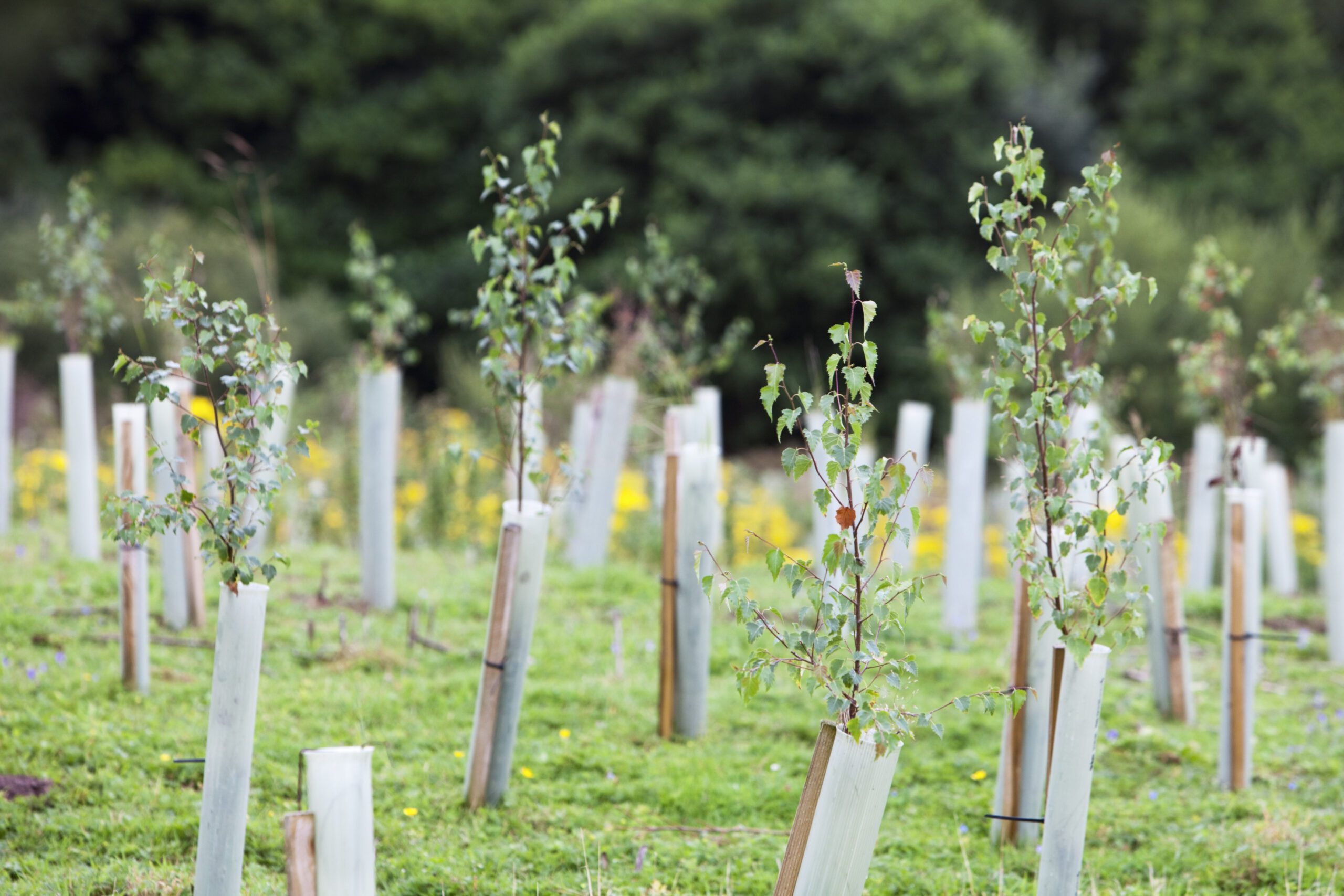What is Rewilding?
Rewilding is the process of restoring natural ecosystems and wildlife habitats to their original state. It involves planting trees, reintroducing native species, and creating sustainable ecosystems. By supporting rewilding efforts, we can combat climate change, promote biodiversity, and create healthier environments for both wildlife and people.
The Importance of Rewilding
1. Restoring Ecosystems
Rewilding helps restore ecosystems that have been damaged by deforestation, urbanisation, and agriculture.
- Key Impact: Native plants and animals can return, creating balanced and self-sustaining environments.
- Example: Tree planting initiatives and wetland restoration projects are key rewilding strategies.
Learn more at The Woodland Trust.
2. Supporting Biodiversity
Rewilding provides habitats for endangered species and improves biodiversity.
- Key Benefit: Healthy ecosystems support pollinators, birds, and mammals.
- Focus: Support local reforestation projects to protect wildlife and promote biodiversity.
How Rewilding Combats Climate Change
3. Absorbing Carbon Dioxide
Trees and plants act as carbon sinks, absorbing harmful greenhouse gases and reducing global warming.
- Key Impact: Reforestation can significantly offset carbon emissions.
- Focus: Climate action groups in Leicester are promoting rewilding as a solution to climate change.
4. Reducing Flood Risks
Rewilded landscapes, such as wetlands and forests, help absorb rainfall and prevent flooding.
- Key Benefit: Protects communities from flood damage and soil erosion.
- Example: Restored wetlands act as natural flood defences.
Social and Economic Benefits of Rewilding
5. Boosting Eco-Tourism
Rewilded areas attract visitors and support eco-friendly tourism.
- Key Impact: Creates local jobs and encourages sustainable economic growth.
- Example: Wildlife parks and nature reserves boost regional economies.
6. Improving Mental Health
Green spaces and wildlife areas offer opportunities for relaxation and recreation.
- Key Benefit: Spending time in nature reduces stress and promotes well-being.
How to Support Rewilding Projects
- Volunteer Locally: Help with tree planting projects in Leicester and other green initiatives.
- Donate to Environmental Charities: Support organisations focused on restoring habitats and wildlife.
- Spread Awareness: Share rewilding success stories to inspire others.
Find ways to get involved at EcoClicks.
Examples of Successful Rewilding Projects
7. Knepp Estate, UK
The Knepp Estate rewilding project transformed farmland into a thriving ecosystem, reintroducing species like storks and butterflies.
- Key Impact: Restored biodiversity and boosted eco-tourism.
8. Yellowstone National Park, USA
The reintroduction of wolves led to a balanced ecosystem, improving the health of rivers and forests.
- Key Benefit: Showcases how predators can regulate ecosystems.
Conclusion
Rewilding is a powerful tool for restoring nature, protecting wildlife, and combating climate change. By supporting eco-friendly projects, tree planting initiatives, and environmental charities, we can create sustainable habitats and improve biodiversity.
Ready to support rewilding? Visit EcoClicks.co.uk to learn how you can help restore nature and wildlife habitats today.

